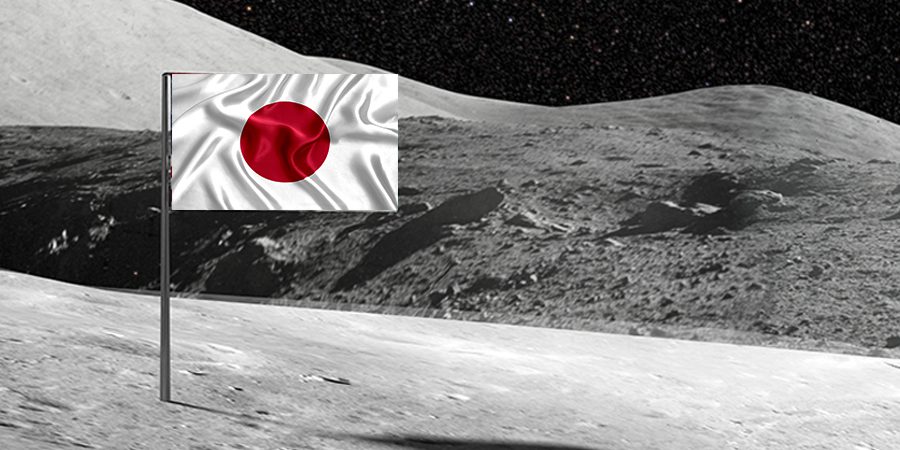In this article, we’ll look at the reasons behind the failure of Japan’s first private Moon landing attempt and its impact on the nation’s space ambitions.
Key Takeaways:
- Japanese startup ispace loses contact with lunar lander during the Hakuto-R Mission 1
- Two lunar rovers from UAE and a collaboration between Sony and Tomy were onboard
- Loss of communication leads to the assumption of an unsuccessful landing
- First commercial Moon landing would have been a significant milestone for Japan’s space industry
A Promising Start: Hakuto-R Mission 1’s Launch
The ambitious Hakuto-R Mission 1, spearheaded by Japanese startup ispace, took off from Cape Canaveral, Florida, in December last year.
Aboard the SpaceX Falcon 9 rocket, the lunar lander embarked on a three-month journey to reach the Moon’s orbit.
This private Moon landing attempt aimed to make history and boost Japan’s position in the competitive space exploration industry.
However, just as the lander approached the lunar surface, mission control experienced a sudden and unexpected loss of communication with the spacecraft.
The event marked a disappointing turn of events for Japan’s space ambitions.
Communication Blackout: What Went Wrong?
As the Hakuto-R Mission 1 lander came within meters of touching down on the Moon’s surface, engineers at mission control center (MCC) lost contact with the spacecraft.
Ispace CEO Takeshi Hakamada addressed the situation during a livestream of the mission, stating that they hadn’t received any communication from the lander and had to assume the landing was unsuccessful.
The team of engineers and mission operations specialists at the MCC are currently working to determine the cause of the communication blackout and the lander’s status.
Further information regarding the lander will be announced once it becomes available.
Onboard Rovers: The Innovative Technologies
The Hakuto-R Mission 1 carried two unique lunar rovers: a four-wheeled rover from the United Arab Emirates and a Star Wars-esque mini rover designed in collaboration by Sony, Japanese toy company Tomy, and the Japan Aerospace Exploration Agency (JAXA).
These innovative rovers were expected to spend approximately ten days exploring the Moon’s surface and collecting valuable data.
The mission’s failure to land means the rovers remain untested on the lunar surface, representing a significant setback for the involved parties and their technological advancements.
Japan’s Struggles in Space Exploration
Japan has faced numerous challenges in its space exploration endeavors.
The nation’s first lunar mission took place in 1990 when the Hiten spacecraft orbited the Moon and collected cosmic dust data.
However, Japan’s space agency has yet to successfully land a spacecraft on the Moon.
Several setbacks have plagued the nation’s space program.
For example, a domestically manufactured H3 rocket failed to launch in March after one of its engines didn’t ignite, resulting in a self-destruct order.
Additionally, in November, JAXA abandoned its Omotenashi miniature probe mission to land on the Moon mid-mission.
These failures, along with the latest Hakuto-R Mission 1, have cast a shadow on Japan’s aspirations for success in space exploration.
The Future of Japanese Lunar Missions
Despite the disappointing outcome of the Hakuto-R Mission 1, Japan remains optimistic about its future lunar missions.
Ispace has scheduled a new landing attempt for 2024, hoping to learn from this experience and improve the chances of success.
Moreover, Japan’s space agency is preparing for the heavily-delayed launch of the Smart Lander for Investigating Moon (SLIM) later this year.
This mission aims to place a spacecraft on the lunar surface intact, which would be a significant milestone for the country’s space program.
Conclusion
Japan’s first private Moon landing attempt ended in failure, but the nation remains steadfast in its pursuit of success in space exploration.
With new missions on the horizon, Japan continues to strive for achievements that will secure its position in the competitive space industry.
The lessons learned from the Hakuto-R Mission 1 will undoubtedly inform future endeavors, as the nation works to overcome obstacles and make its mark on the Moon and beyond.
Through continued investment in innovative technologies, collaboration with international partners, and a dedication to advancing its space program, Japan’s prospects in the field of space exploration remain promising.
As the country looks ahead to upcoming missions like the SLIM launch and the planned 2024 landing attempt, it is clear that Japan’s commitment to overcoming setbacks and achieving its space ambitions remains unwavering.
 Sections of this topic
Sections of this topic
















